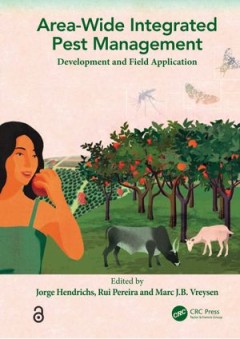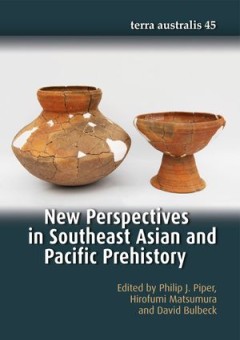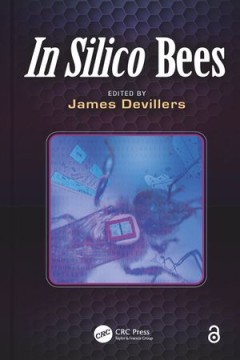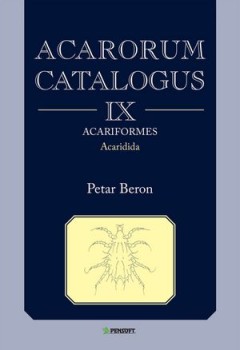Filter by

Area-wide Integrated Pest Management : Development and Field Application
Over 98% of sprayed insecticides and 95% of herbicides reach a destination other than their target species, including non-target species, air, water and soil. The extensive reliance on insecticide use reduces biodiversity, contributes to pollinator decline, destroys habitat, and threatens endangered species. This book offers a more effective application of the Integrated Pest Management (IPM) a…
- Edition
- -
- ISBN/ISSN
- 9781003169239
- Collation
- -
- Series Title
- -
- Call Number
- -

New Perspectives in Southeast Asian and Pacific Prehistory
This volume brings together a diversity of international scholars, unified in the theme of expanding scientific knowledge about humanity’s past in the Asia-Pacific region. The contents in total encompass a deep time range, concerning the origins and dispersals of anatomically modern humans, the lifestyles of Pleistocene and early Holocene Palaeolithic hunter-gatherers, the emergence of Neolit…
- Edition
- -
- ISBN/ISSN
- -
- Collation
- -
- Series Title
- -
- Call Number
- 400 NEW n

The Making of Modern Psychiatry
The field of psychiatry changed dramatically in the latter half of the nineteenth century, largely by embracing science. The transformation was most evident in Germany, where many psychiatrists began to work concurrently in the clinic and the laboratory. Some researchers sought to discover brain correlates of mental illness, while others looked to experimental psychology for insights into menta…
- Edition
- -
- ISBN/ISSN
- 9783832547189
- Collation
- -
- Series Title
- -
- Call Number
- -

In Silico Bees
Bees are critically important for ecosystem function and biodiversity maintenance through their pollinating activity. This book provides a collection of computational methods to those primarily interested in the study of the ecology, ethology, and ecotoxicology of bees. It presents numerous case studies to enable readers to understand the appropriateness but also the limitations of models in th…
- Edition
- -
- ISBN/ISSN
- 1466517883, 9781466517882
- Collation
- -
- Series Title
- -
- Call Number
- -

Acarorum Catalogus IX
The present 9th volume of the series Acarorum Catalogus contains lists of mites of 13 families, 225 genera and 1268 species of the superfamilies Schizoglyphoidea, Histiostomatoidea, Canestrinioidea and Hemisarcoptoidea. Most of these mites live on insects or other animals (as parasites, phoretic or commensals), some inhabit rotten plant material, dung or fungi. Mites of the families Chetochelac…
- Edition
- -
- ISBN/ISSN
- 9786192480585
- Collation
- -
- Series Title
- -
- Call Number
- -
 Computer Science, Information & General Works
Computer Science, Information & General Works  Philosophy & Psychology
Philosophy & Psychology  Religion
Religion  Social Sciences
Social Sciences  Language
Language  Pure Science
Pure Science  Applied Sciences
Applied Sciences  Art & Recreation
Art & Recreation  Literature
Literature  History & Geography
History & Geography